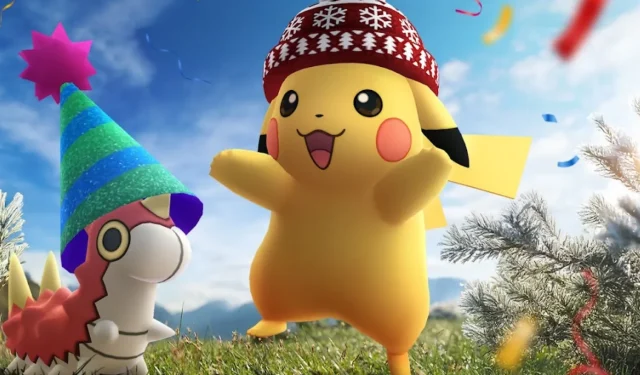
Pokémon GO made its debut in 2016, captivating millions of players across the globe who relished the chance to catch Pokémon in their everyday surroundings. This remarkable start continued to build momentum as players congregated at iconic venues to engage in battles and catch their beloved creatures. Even during lockdown measures, events like Pokémon GO Fest 2020 allowed enthusiasts to play from the safety of their homes, demonstrating the game’s adaptability during challenging times.
Despite its compelling beginnings, Pokémon GO has faced considerable challenges over the years. Although new features have been continuously introduced, the player base has declined significantly. Many dedicated trainers have stepped away from the game due to unresolved issues, prompting the question: Can Niantic implement effective changes to retain the remaining players nearly a decade after launch?
Maximizing Remote Raids for All Trainers
Reducing the Price of Remote Raid Passes
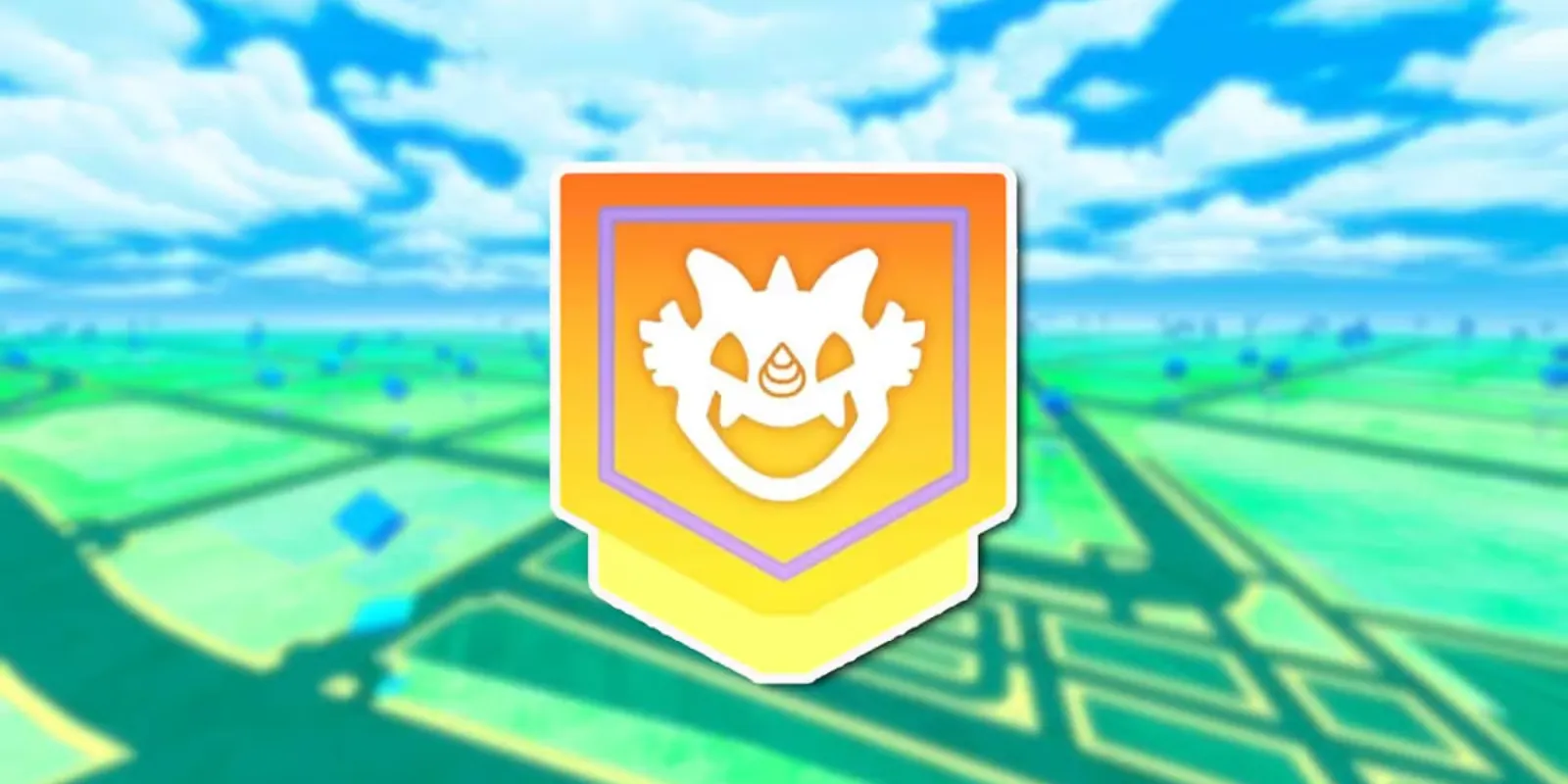

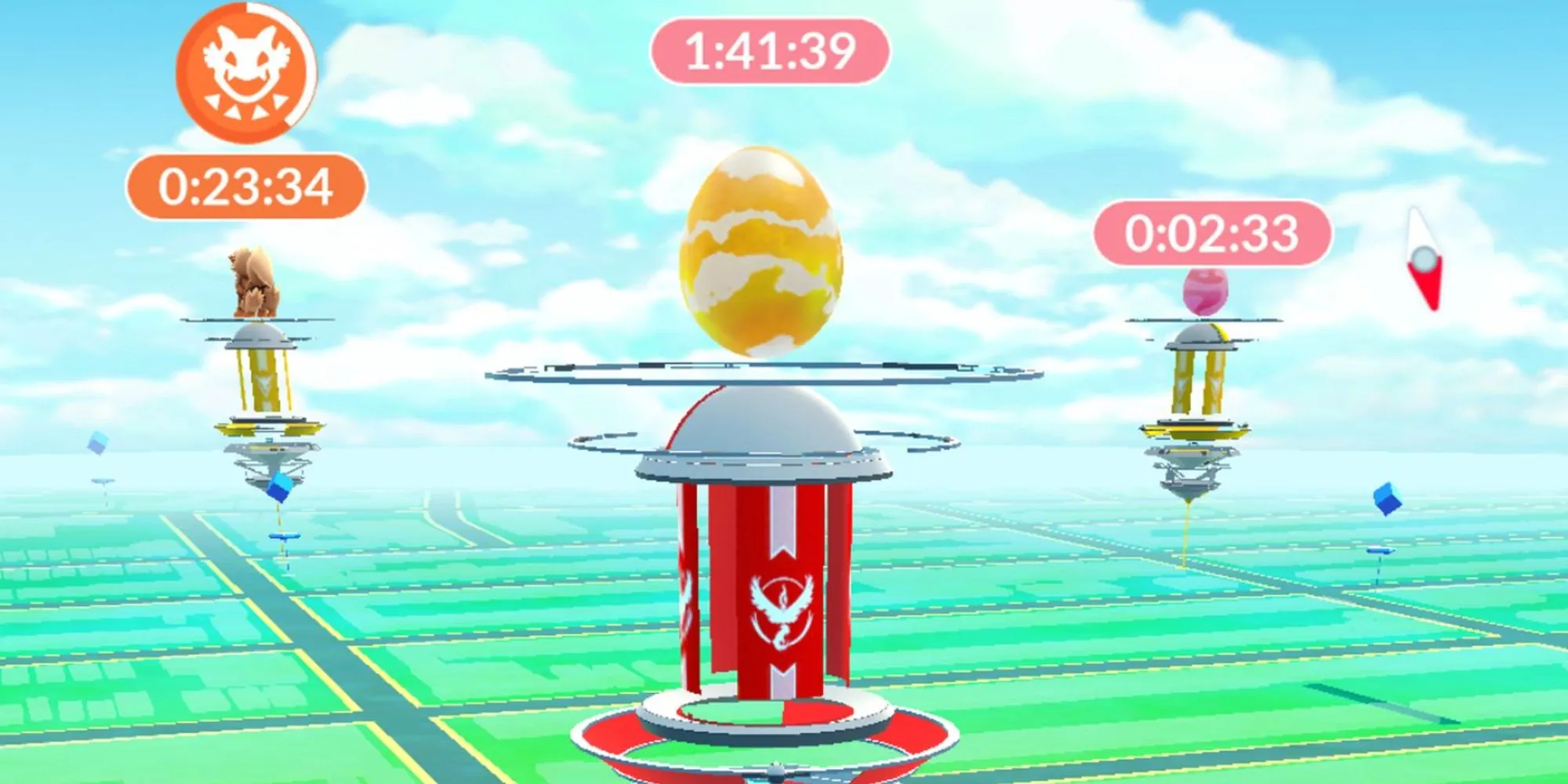
The introduction of raids was considered a groundbreaking addition to Pokémon GO. Players initially rejoiced with the release of remote raid passes, allowing a broader audience to participate in exciting battles irrespective of their geographical locations. However, as the pandemic restrictions eased, Niantic decided to increase the cost of remote raid passes, sparking outrage among the community.
Currently, trainers can purchase three remote raid passes for 525 in-game coins—a steep rise from previous prices—as part of a strategy to regulate their usage. Additionally, players face a limit of five remote raid passes each day, which has raised concerns among those who depend on remote access due to various constraints related to location or mobility.
A straightforward solution would be to revert to the old pricing structure and remove the daily usage cap. Doing so would democratize access to one of the game’s key features, fostering engagement and inclusivity among all players.
Enhancing Dynamax Battles Experience
A Disheartening Rollout

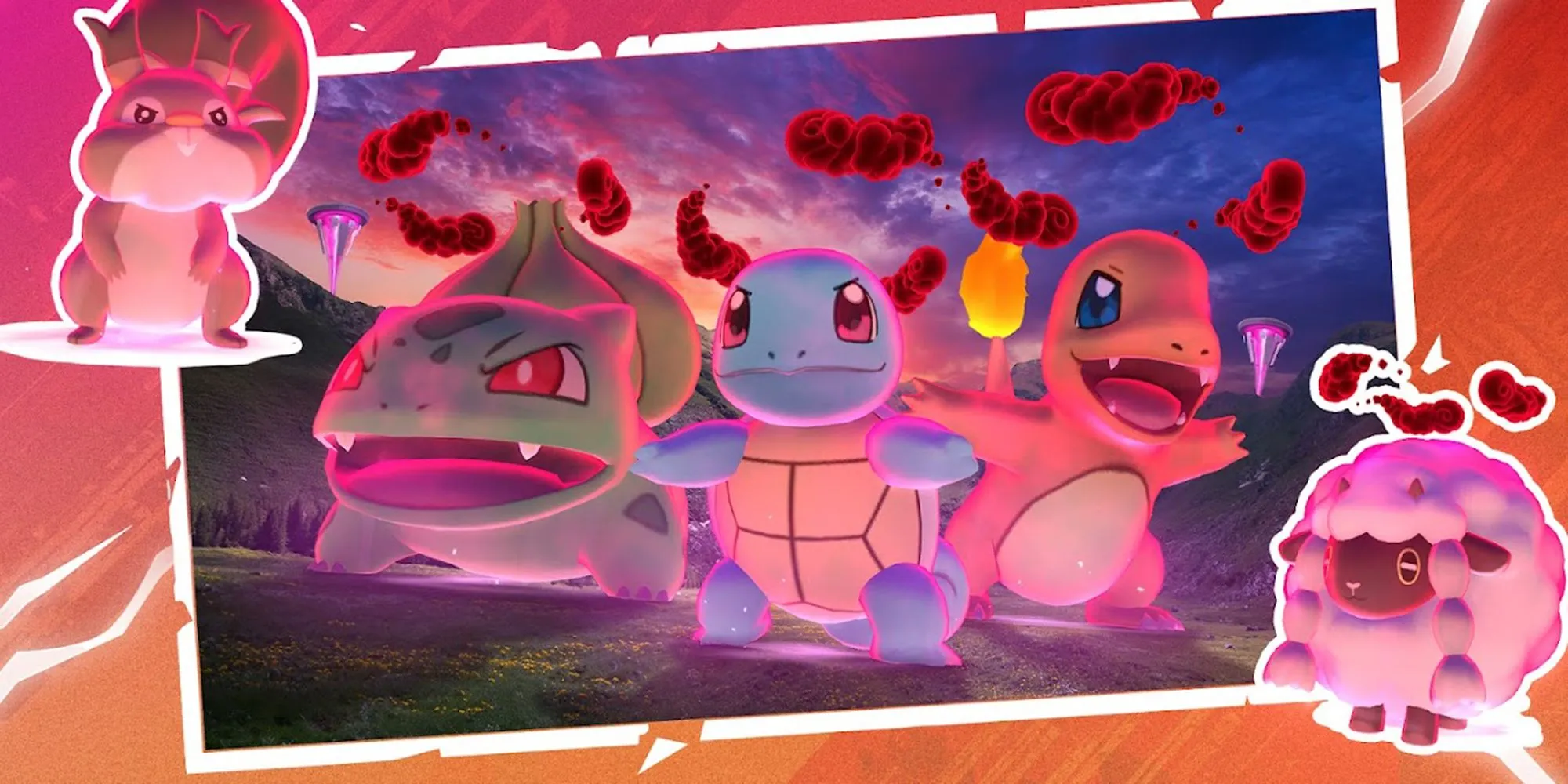
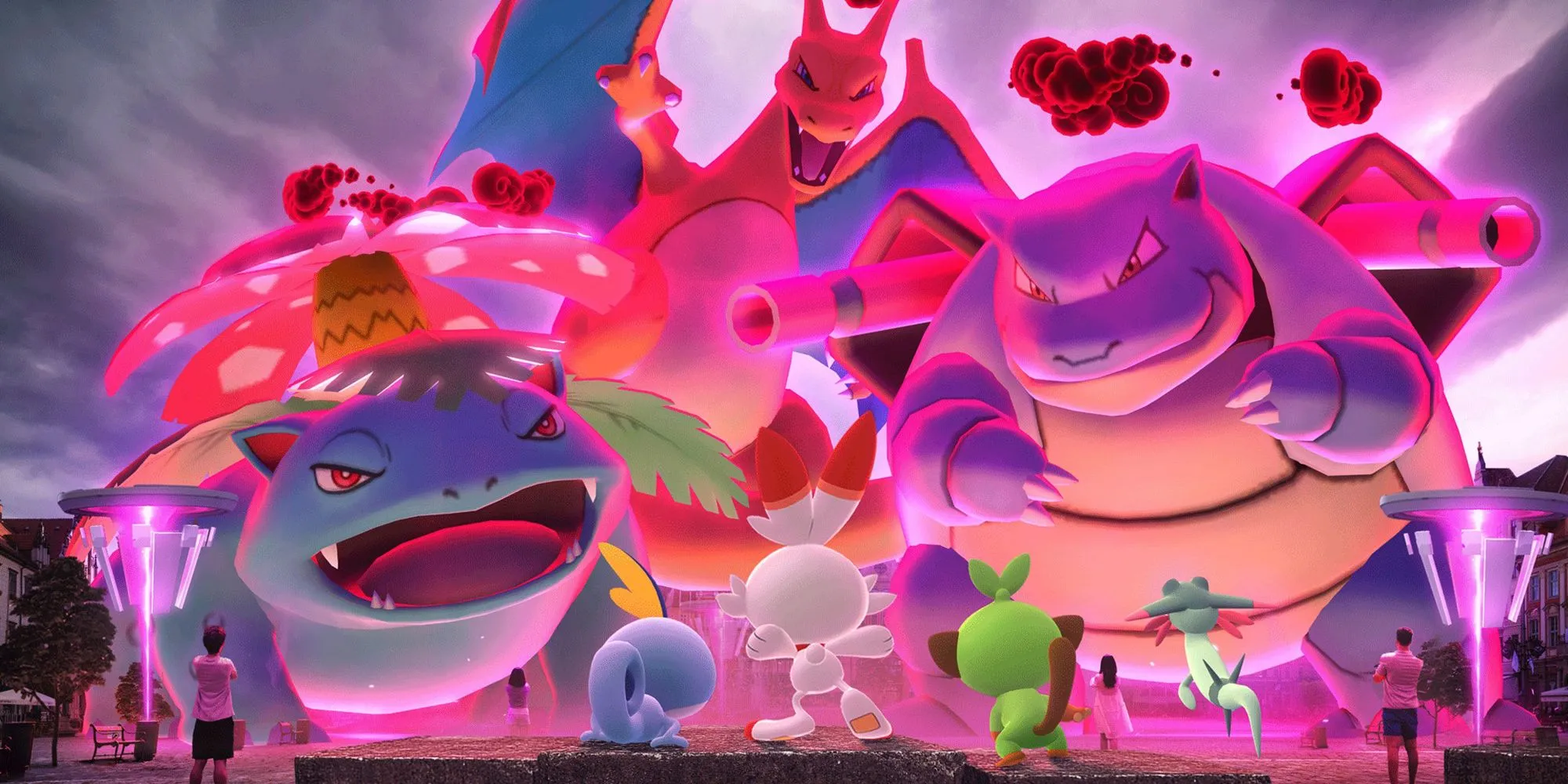
2024 marked the introduction of Dynamax battles to Pokémon GO, an adaptation from the core games aiming to invigorate the stale raid format. Unfortunately, this feature encountered immediate backlash. Players found the difficulty level disproportionately challenging, with some battles necessitating a massive group of up to 40 participants, making it nearly unfeasible to succeed.
Moreover, the use of max particle currency to engage in these battles raised eyebrows, as these particles can only be obtained through in-store purchases, implying that players keen on extensive participation would need to invest real money.
Despite subsequent adjustments to ease the difficulty, the overarching system remains problematic. Currently priced at 150 coins each or 425 for a bundle of three, max particles further complicate participation for average players.
The reward structure also leaves much to be desired. Although players have the option to double their rewards, this requires a considerable coin expenditure. A more effective strategy could involve simply enhancing the initial rewards, thereby incentivizing player engagement and enjoyment in Dynamax Battles—a feature that holds significant potential for Pokémon GO’s future.
Revamping Regular Events
The Need for Meaningful Content


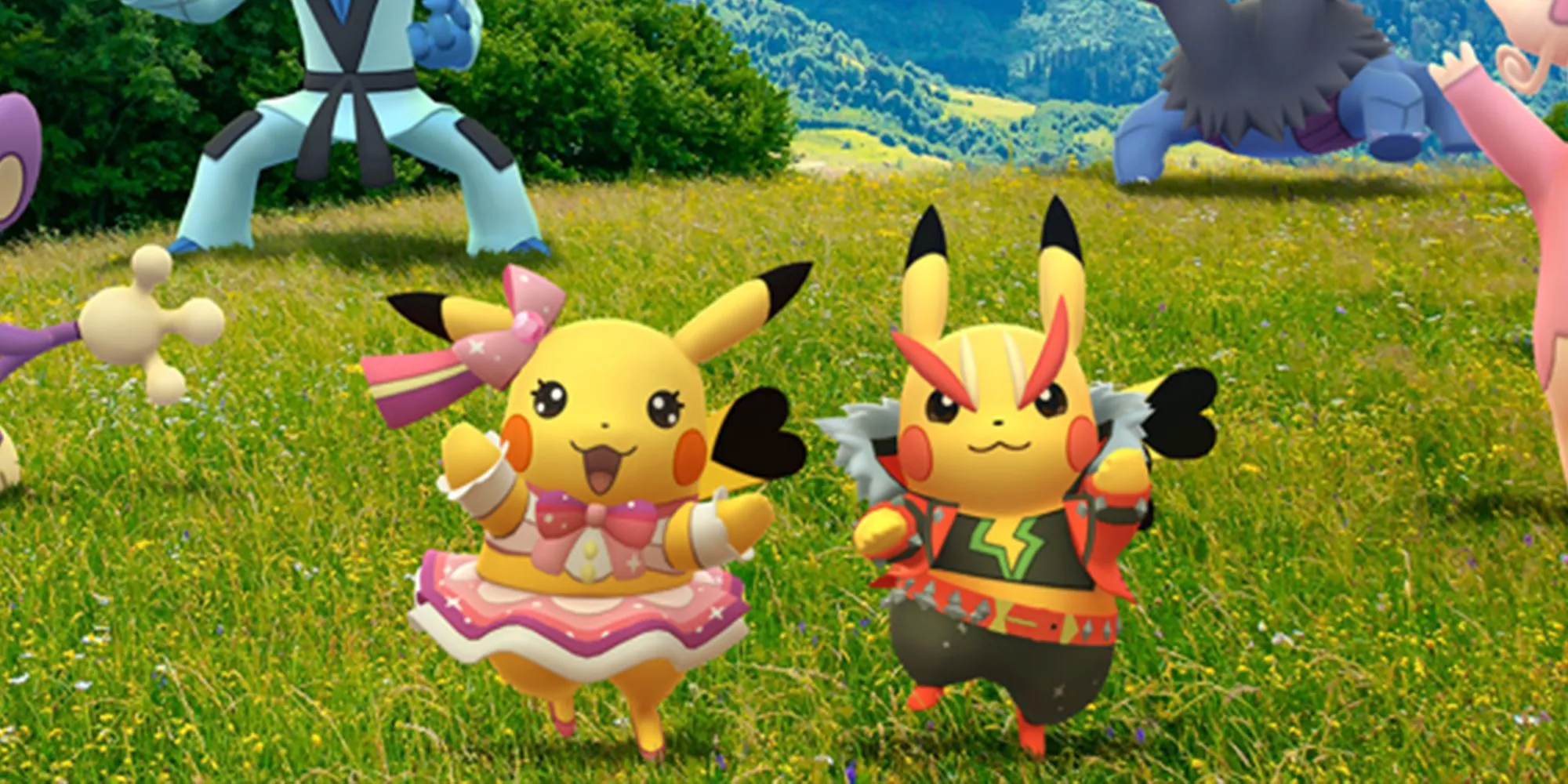
Events play a crucial role in keeping Pokémon GO engaging, yet many of the nearly weekly occurrences during the year have been criticized as filler content. The lack of fresh and exciting activities raises questions about the target audience, especially given that seasoned trainers find little incentive to participate due to meager rewards and frequent rehashing of past events.
While in-person events and major online gatherings still resonate with the community—allowing many to justify ticket purchases—the frequency of such events needs to increase, along with the resolution of any lingering issues. Although early technical difficulties with Pokémon GO Fest are largely behind us, player expectations for content quality remain high.
As Pokémon GO approaches 2025, the game retains a dedicated player base, but Niantic must address several critical challenges to meet the expectations of trainers who have invested time and passion into the game over the years.




Leave a Reply